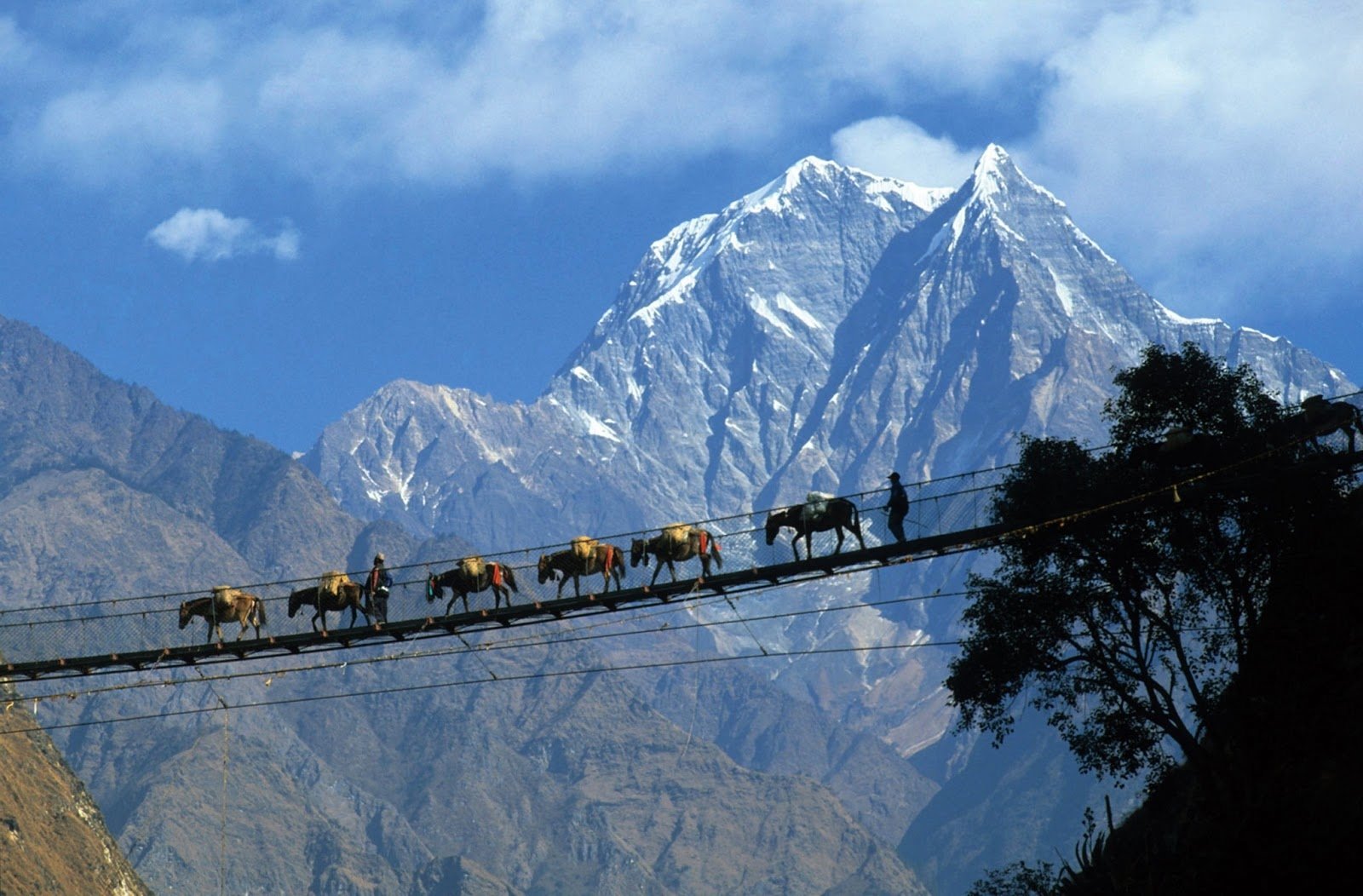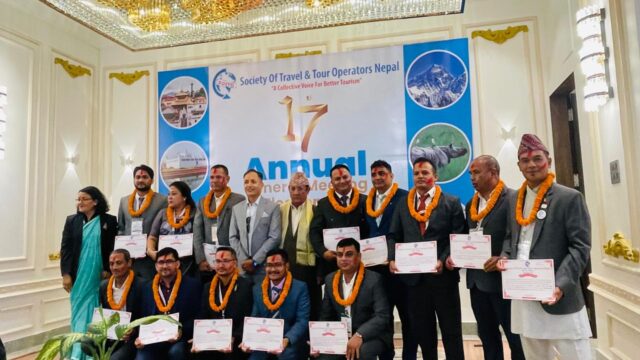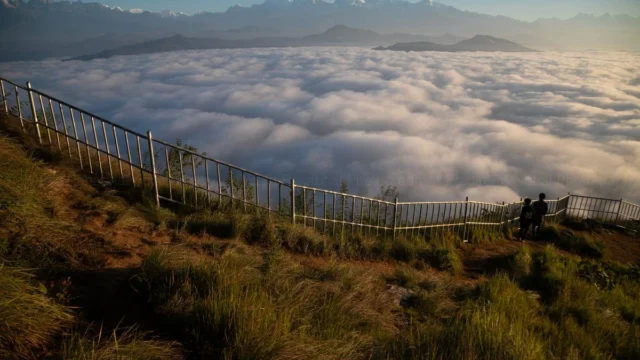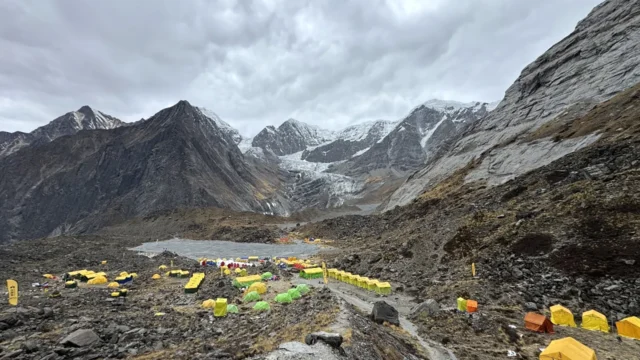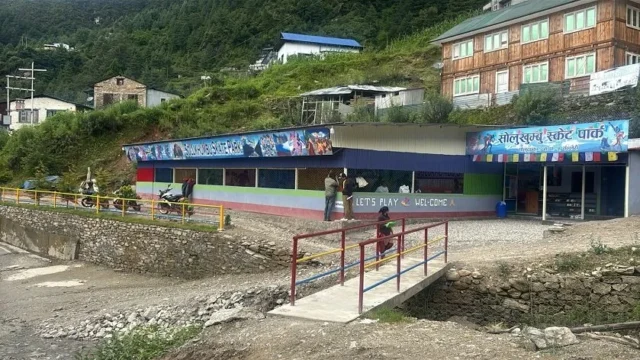Nepal, a land of diverse cultures, stunning landscapes, and rich history, has experienced a remarkable transformation in its tourism sector over recent years. This evolution has been driven by a combination of strategic initiatives, infrastructure development, and a renewed focus on sustainable practices, all of which have collectively contributed to enhancing Nepal’s appeal as a premier tourist destination.
One of the pivotal factors in the evolution of Nepal’s tourism has been the significant infrastructure improvement. The completion of the Gautam Buddha International Airport in Lumbini and the Tribhuvan International Airport’s ongoing modernization in Kathmandu have been game changers. These advancements have not only increased the capacity to handle more tourists but also improved the overall travel experience, making Nepal more accessible to international visitors. Additionally, the development of road networks connecting remote regions has facilitated easier access to previously hard-to-reach destinations, promoting regional tourism.
The rise of eco-tourism has also played a crucial role in transforming Nepal’s tourism landscape. The country has capitalized on its natural beauty and biodiversity, promoting sustainable tourism practices that preserve the environment while offering unique experiences to travelers. National parks like Chitwan and Sagarmatha have seen a surge in eco-conscious travelers who are eager to experience Nepal’s wildlife and pristine landscapes responsibly. Community-based tourism initiatives have further supported this trend, allowing tourists to engage with local communities and contribute directly to their economies.
Cultural tourism has also seen significant growth, with Nepal’s rich heritage becoming a focal point for international visitors. The UNESCO World Heritage Sites, including the Kathmandu Valley’s Durbar Squares, Swayambhunath, and Pashupatinath, continue to attract tourists. Efforts to restore and preserve these historical sites have paid off, ensuring that they remain key attractions. Additionally, festivals such as Dashain, Tihar, and the Indra Jatra have been increasingly promoted to showcase Nepal’s vibrant cultural tapestry, drawing in visitors interested in experiencing these unique traditions.
Adventure tourism, a cornerstone of Nepal’s tourism industry, has evolved to include a wider range of activities. While trekking routes like the Everest Base Camp and the Annapurna Circuit remain popular, there has been a notable increase in interest in lesser-known trails such as the Manaslu Circuit and the Kanchenjunga Base Camp Trek. Adventure sports such as paragliding in Pokhara, white-water rafting in the Trishuli River, and mountain biking in the Mustang region have diversified the adventure tourism offerings, catering to adrenaline seekers from around the world.
The hospitality sector in Nepal has also witnessed substantial growth and modernization. New hotels and resorts, ranging from luxury accommodations to budget-friendly options, have sprung up across the country. These establishments are increasingly incorporating sustainable practices, such as using renewable energy sources, managing waste effectively, and supporting local products. This not only enhances the visitor experience but also aligns with the global trend towards sustainable and responsible tourism.
Marketing and promotion have been pivotal in reshaping Nepal’s tourism industry. The Nepal Tourism Board has launched several campaigns aimed at attracting tourists from different parts of the world. The “Visit Nepal” campaigns have been particularly successful, leveraging digital platforms and social media to reach a global audience. Collaborations with international travel influencers and bloggers have further amplified Nepal’s visibility, showcasing the country’s attractions to potential tourists worldwide.
The COVID-19 pandemic posed significant challenges to Nepal’s tourism sector, but it also provided an opportunity for reflection and reinvention. During the pandemic, the focus shifted to promoting domestic tourism, encouraging Nepalis to explore their own country. This not only helped sustain the industry during tough times but also fostered a greater appreciation among locals for Nepal’s natural and cultural heritage. Post-pandemic, there has been a concerted effort to rebuild the tourism sector with a stronger emphasis on health and safety measures, ensuring that travelers feel secure when visiting Nepal.
Moreover, government policies and support have been instrumental in driving the growth of the tourism sector. Initiatives such as visa facilitation, investment in tourism infrastructure, and incentives for tourism-related businesses have created a favorable environment for the industry to thrive. The establishment of tourism training centers has also ensured that the workforce is well-equipped to meet the demands of a growing and evolving tourism market.
In recent years, technological advancements have also played a role in the transformation of Nepal’s tourism industry. The rise of digital platforms has made it easier for travelers to access information, book services, and share their experiences. Mobile apps and online portals provide comprehensive guides to Nepal’s attractions, helping tourists plan their trips more efficiently. Virtual tours and augmented reality experiences have also emerged, allowing potential visitors to explore Nepal’s destinations virtually, enticing them to visit in person.
Looking ahead, the future of Nepal’s tourism industry appears promising. Continued investment in infrastructure, coupled with a strong commitment to sustainable and responsible tourism practices, will be key to maintaining and enhancing Nepal’s appeal as a top tourist destination. The focus on diversifying tourism offerings, from adventure and cultural tourism to wellness and eco-tourism, will cater to a broader range of interests and preferences, attracting a diverse array of visitors.
Nepal’s tourism sector has undergone significant evolution in recent years, driven by infrastructure development, sustainable practices, cultural promotion, and innovative marketing strategies. Despite challenges such as the COVID-19 pandemic, the industry has shown resilience and adaptability, setting the stage for a bright future. As Nepal continues to welcome visitors from around the world, it remains committed to offering unique and enriching experiences while preserving its natural and cultural heritage for future generations.
